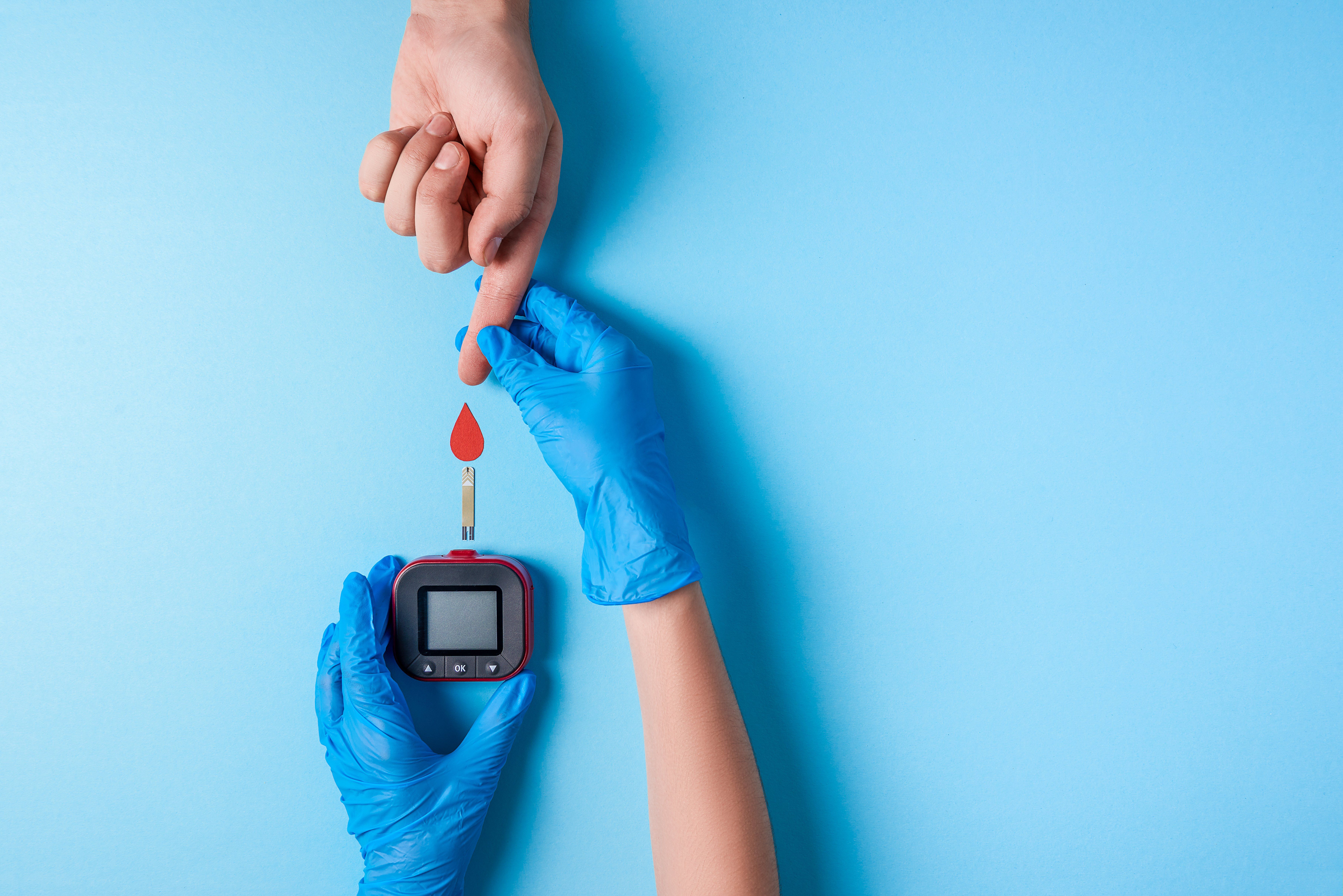Get Educated on Diabetes Devices
Pharmacists must be tuned in to the latest technology for patients who monitor blood glucose.

Panteha Kelly, RPh, BCACP, Aph, CDE

Jennifer Trujillo PharmD, FCCP, BCPS, CDE, BCADM

In the ever-changing world of diabetes devices, pharmacists need to stay on top of developments so that they can answer patients’ questions about what is available.
CGM Overview
Continuous glucose monitors (CGMs) are used increasingly to help patients with diabetes monitor and treat blood sugar levels, said Panteha Kelly, RPh, BCACP, APh, CDE, a clinical pharmacist specialist and clinic coordinator at the University of California, San Diego, Health Diabetes Self-Management Clinic in La Jolla, California.
Continuous scanning, or real-time, CGMs provide a constant reading of interstitial glucose to a receiver or smart device, and alarms alert the wearer when glucose is approaching patient thresholds for hyper- or hypoglycemia. In contrast, intermittently scanning, or flash, CGMs require the user to swipe the transmitter over the sensor to display data from the previous 15 minutes, including trend arrows showing whether blood sugar is rising or dropping and how quickly; they do not have alarms or alerts.
The most popular CGM on the market is the Dexcom G6 system. Unlike earlier Dexcom models and the other real-time CGMs, Guardian Connect and Eversense, Dexcom G6 does not require finger sticks for calibration. Eversense requires implant and removal every 3 months in office by a provider.
Jennifer Trujillo, PharmD, FCCP, BCPS, CDE, BCADM, believes that once it has been on the market for a while longer and gets approval for longer wear (6 or 12 months), it will likely be used more. Trujillo is an ambulatory care pharmacist and certified diabetes care and education specialist at the University of Colorado Anschutz Medical Campus Center for Adult Diabetes Care and Research in Aurora.
Freestyle Libre is the only flash CGM; it costs less than the Dexcom G6 and is easier to use, Trujillo said. Kelly cautioned that it must be scanned at least once every 8 hours to save the data for review later.
Real-time CGMs are usually preferred for patients with type 1 diabetes, who need close monitoring of their blood glucose and alerts, whereas flash CGMs are appropriate for patients with type 2 diabetes. The alarms on a real-time CGM can be lifesaving by, for example, alerting patients with hypoglycemic unawareness when their blood sugar is dropping, so they know not to drive, Kelly said.
“Real-time CGMs also allow data sharing, so it’s a great option for kids so that their parents can have the CGM data on their phones, as well,” Trujillo said.
Insulin Pumps and Closed-loop Systems
About half of Trujillo’s patients with type 1 diabetes use insulin pumps. “The evidence at this point indicates that patients can achieve good glucose control in a variety of different ways, either through injection therapy or through insulin pump therapy, so I think it requires a thoughtful conversation between the patient and the provider,” she said.
Hybrid closed-loop systems combine the functionality of a CGM with a pump to automate insulin delivery based on real time glucose values. The first hybrid closed-loop system, Medtronic’s MiniMed 670G, was approved in 2016. This CGM communicates with an insulin pump designed to decrease or stop insulin when glucose is low and increase insulin delivery when glucose is high, without input from the user.
Tandem’s t:slim X2 Insulin Pump with Basal-IQ technology was approved in 2018 as an insulin pump and CGM: The pump suspends insulin delivery if the CGM detects glucose falling below a predefined threshold.
Tandem’s next advance, approved in December 2019, is Control-IQ technology, which automatically increases, decreases, or suspends delivery of basal insulin based on insulin delivery history, CGM data, and predicted glucose values. Control-IQ uses the Dexcom G6 CGM with the t:slim pump.
For patients who have traditional insulin pumps, Trujillo said, providers track glucose trends over 3 or 6 months and work with the patients to adjust basal insulin rates for different times of day. “[This is as] opposed to the hybrid closed-loop insulin pumps, where the basal rates are constantly changing based on the glucose readings from the CGM,” she explained. “There is encouraging evidence that the hybrid closed-loop systems can improve glucose variability, particularly overnight.”
Patients are slowly transitioning to newer models but still represent a small percentage of patients with type 1 diabetes, Trujillo said.
Patients should be carefully selected, according to Kelly. “I can’t give a closed-loop system to just anybody at this time, because if it malfunctions [or] if someone has a low health literacy, it can be dangerous.”
CGM Counseling Considerations
Medicare typically covers CGMs for patients with diabetes who test their blood sugar at least 4 times a day and take multiple daily doses of insulin, Trujillo said. She believes that almost all patients with type 2 diabetes can benefit from a flash CGM. “Knowledge is very powerful,” she said, “and when you’re able to see your glucose values all day long without sticking your finger, that information can create important behavioral changes and can create more understanding of how medications are working and how different behaviors are influencing glucose.”
Patients can observe how stress, lack of sleep, and lack of exercise negatively affect their blood glucose control, whereas exercise and healthy eating improve glucose control, she said: “Seeing that over time can certainly improve glucose management overall.”
The 2 most popular CGMs can be dispensed in pharmacies, which places pharmacists in an ideal position to counsel patients about these devices, especially because most patients with type 2 diabetes are managed by primary care providers who may be less familiar with diabetes technology advances, Trujillo said.
Kelly emphasized that patients need to understand that when starting to use a CGM, they cannot draw conclusions regarding diabetes management until they have collected 10 to 14 days of data. To capture nighttime data, she noted that patients starting to use the Freestyle Libre should scan their device both right before going to bed at night and upon waking up in the morning.
Trujillo encourages pharmacists to learn more about CGMs by taking continuing education courses and watching tutorials on the manufacturers’ websites. “It’s challenging to keep up on the latest and greatest but certainly important for a frontline health care provider like a pharmacist to do so,” she said.
